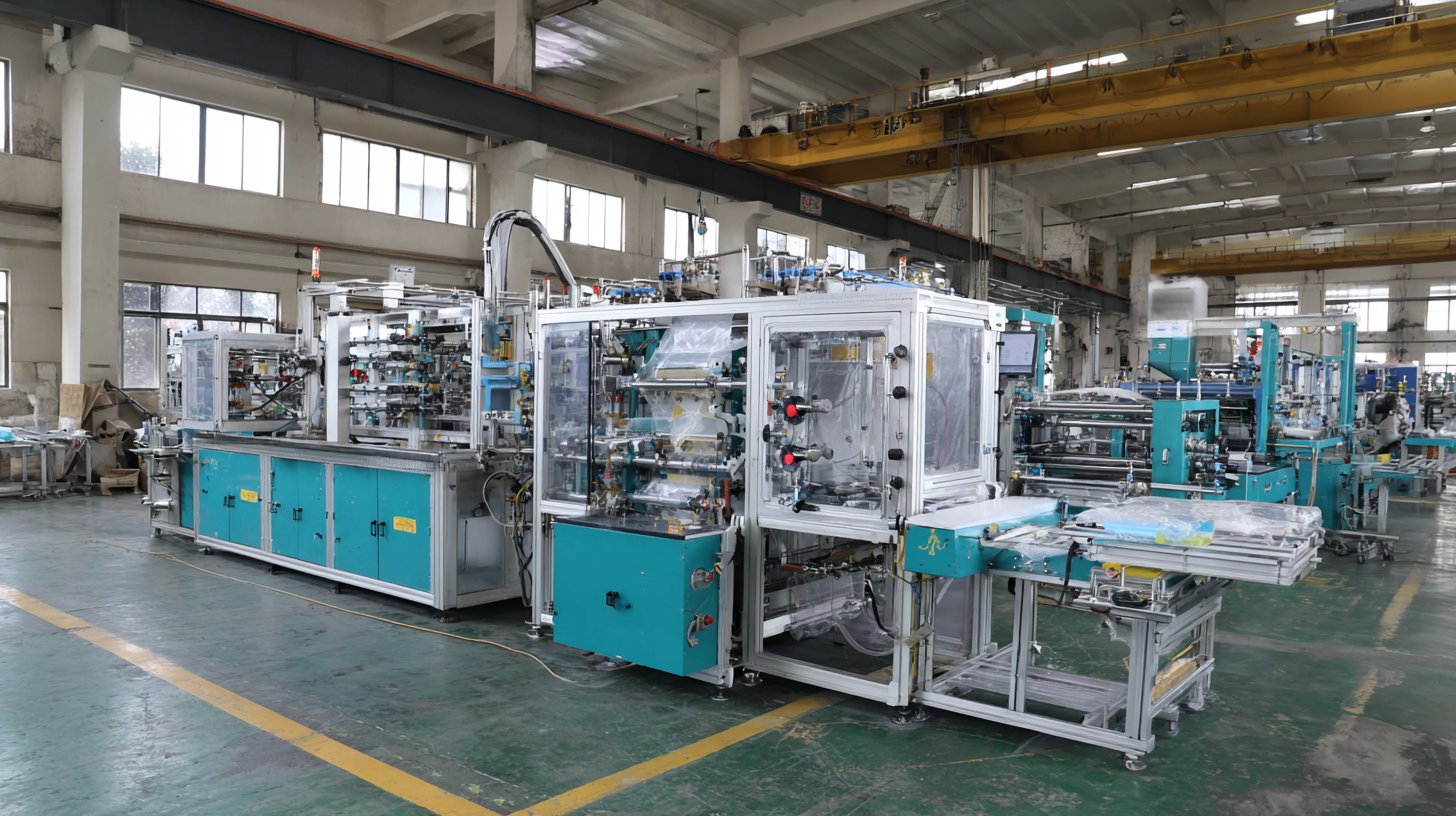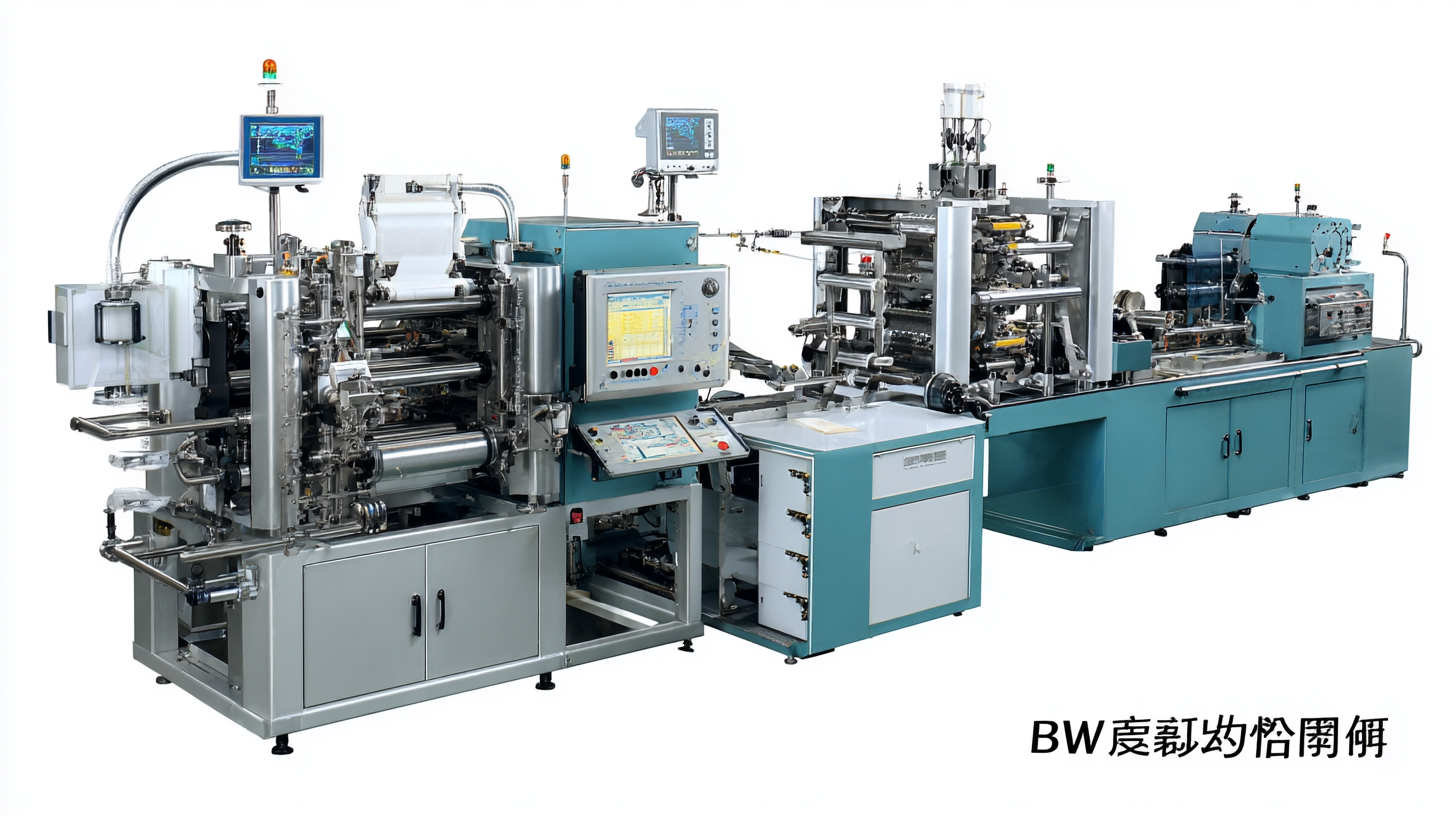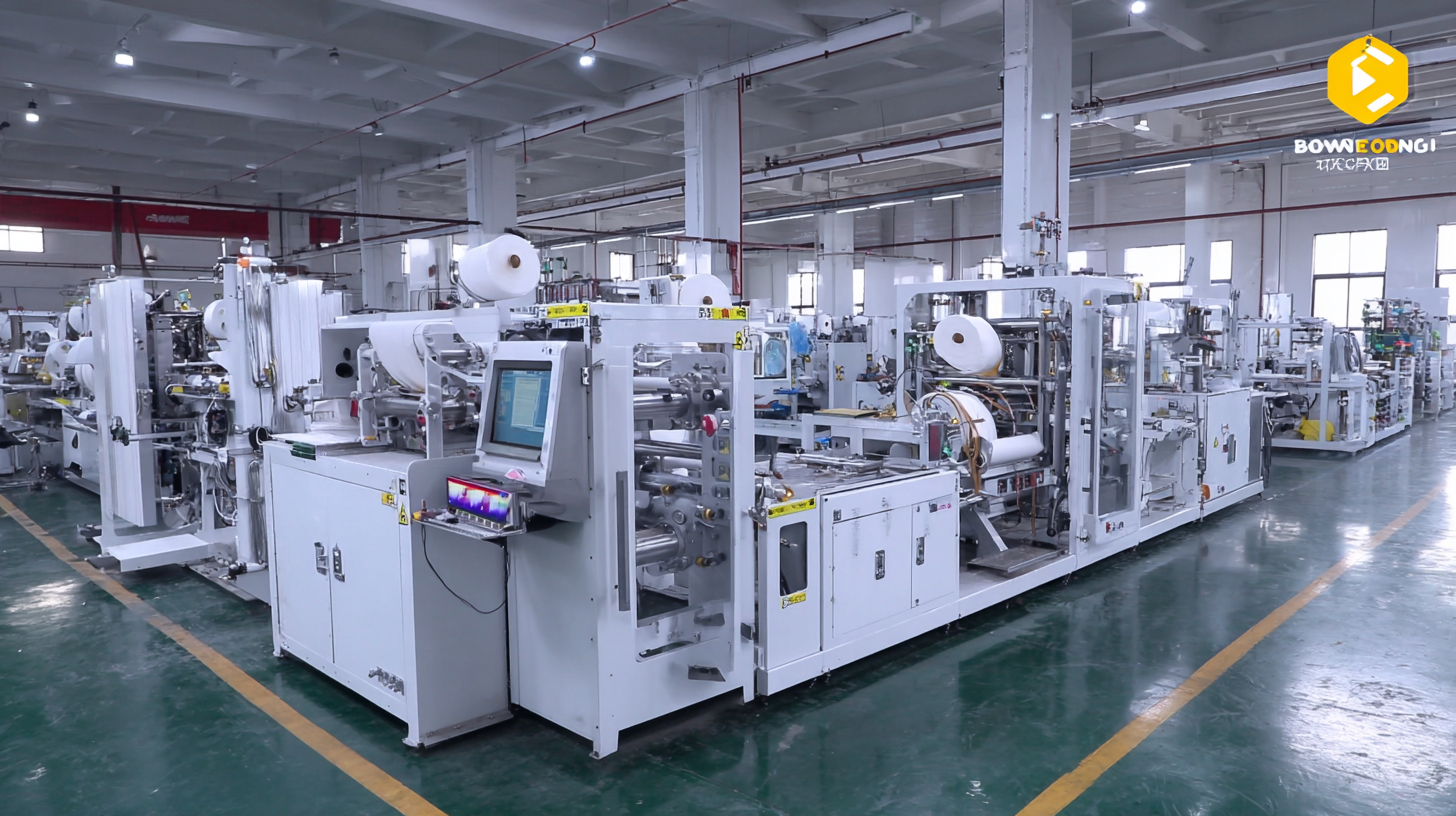
China's Premier Factory Delivering Exceptional Best Bubble Bag Making Machines Worldwide
In today's fast-paced manufacturing environment, the demand for efficient and high-quality packaging solutions has never been more critical. Among these, the Bubble Bag Making Machine stands out as an essential tool for companies looking to protect their products during transit while also ensuring cost-effectiveness. China's leading factory has set the benchmark for excellence in the production of these machines, providing businesses worldwide with cutting-edge technology and reliable performance. This blog will explore the various types of Bubble Bag Making Machines available, highlighting their unique features, capabilities, and the advantages they offer to manufacturers. By delving into the innovative design and functionality of these machines, we aim to showcase how they are revolutionizing packaging processes and enhancing productivity across various industries globally.

Innovative Features of China's Leading Bubble Bag Making Machines
China's leading bubble bag making machines are redefining the packaging industry with their innovative features, making them a top choice for manufacturers around the globe. These machines are designed to enhance production efficiency while delivering high-quality output. Various models offer advanced automation capabilities, allowing for seamless operation and minimal human intervention, which results in reduced labor costs and improved safety on the factory floor.
One of the standout features of these machines is their versatility. They can produce bubble bags in various sizes and materials, catering to a wide array of packaging needs. Additionally, energy-efficient designs significantly lower operational costs and contribute to environmentally friendly practices in manufacturing. Businesses investing in these state-of-the-art machines can expect a remarkable return on investment due to increased productivity and lower material waste.
**Tips:** When choosing a bubble bag making machine, consider evaluating your specific production needs and the type of materials you will use. It's essential to assess the machine's energy consumption and efficiency features, which can greatly impact long-term operational costs. Additionally, check for advanced automation capabilities that can streamline your processes and enhance overall productivity.
Understanding the Manufacturing Process of Bubble Bags
The manufacturing process of bubble bags involves several key steps that ensure the production of high-quality protective packaging. Initially, raw materials such as polyethylene film are fed into advanced bubble bag making machines. These machines utilize a specialized method to create bubbles by inflating air between two layers of film, forming the characteristic cushioning effect that bubble bags are known for. The precision engineering behind these machines ensures that bubbles are uniform in size, which is crucial for providing optimal protection to delicate items during shipping.
Once the bubbles are formed, the next step is cutting and sealing. The machines are equipped with cutting mechanisms that shape the bags to the desired dimensions, followed by heat sealing the edges. This process guarantees that the bags are not only durable but also capable of withstanding rough handling. With the rise in e-commerce, the demand for bubble bags has surged, leading to innovations in machine technology that enhance production efficiency. Manufacturers are now able to produce customized bubble bags at scale, ensuring they meet specific packaging requirements for various products.
Production Capacity of Bubble Bag Making Machines (2023)
This chart displays the production capacity of various bubble bag making machines in units per day for the year 2023. Each machine's capacity reflects its efficiency and effectiveness in meeting market demand.
Comparative Analysis: China's Bubble Bag Making Machines vs. Competitors
When it comes to bubble bag making machines, China has firmly established itself as a global leader. By evaluating the technological advancements, production efficiency, and pricing strategies, it's evident why Chinese manufacturers are outpacing their competitors. The robust automation processes employed in China's factories not only reduce labor costs but also enhance the precision and speed of production. This has resulted in higher output rates and consistent product quality, making these machines increasingly sought after worldwide.
In contrast, manufacturers from other regions often struggle with higher operational costs and longer lead times. For instance, European and American competitors may offer machines with advanced features, but these come at a premium price. Additionally, their focus on niche markets sometimes leads to limited availability and longer delivery periods. As a result, companies seeking reliable and efficient bubble bag making solutions are increasingly turning to China's innovative offerings, which provide a compelling mix of quality, affordability, and speed. This competitive edge solidifies China's position as a premier destination for comprehensive packaging machinery solutions.
Comparative Analysis: China's Bubble Bag Making Machines vs. Competitors
| Feature | China's Machines | Competitor A | Competitor B | Competitor C |
|---|---|---|---|---|
| Production Speed (Bags/min) | 250 | 220 | 210 | 200 |
| Energy Efficiency (%) | 85 | 80 | 75 | 70 |
| Durability (Years) | 10 | 8 | 7 | 6 |
| Cost (USD) | 15,000 | 16,500 | 17,000 | 18,000 |
| Warranty (Years) | 3 | 2 | 2 | 1 |
Top Industries Benefiting from Bubble Bag Production
The bubble bag manufacturing industry has experienced significant growth, driven by the increasing demand for protective packaging solutions across various sectors. According to a recent report by Smithers Pira, the global protective packaging market is expected to reach $40 billion by 2027, growing at a compound annual growth rate (CAGR) of 5.2%. This rise is largely attributed to the expansion of e-commerce, where products need to be securely packaged to prevent damage during transit. As businesses turn to bubble bags for their lightweight and shock-absorbing properties, manufacturers of bubble bag making machines are poised to meet this rising demand effectively.

Key industries benefitting from bubble bag production include electronics, pharmaceuticals, and consumer goods. The electronics sector alone accounted for approximately 27% of the protective packaging market in 2022, as per Data Bridge Market Research, highlighting how bubble bags provide essential protection for fragile items like smartphones and laptops. In the pharmaceutical industry, where packaging integrity is critical for drug safety, bubble bags serve as an ideal solution due to their durability and cushioning capabilities. As these industries continue to expand, the reliance on high-quality bubble bag manufacturing, supported by advanced machinery, is anticipated to grow significantly, ensuring products reach consumers in pristine condition.
Future Trends in Bubble Bag Manufacturing Technology
The future of bubble bag manufacturing technology is poised for significant advancements, driven by the need for sustainability, efficiency, and versatility. Innovative materials are emerging that not only enhance the protective qualities of bubble bags but also reduce environmental impact. Biodegradable and recyclable materials are becoming increasingly popular, as manufacturers seek to align with global sustainability goals. This shift not only responds to consumer demand for greener products but also reflects a broader trend towards responsible manufacturing practices.

Additionally, automation and smart technology are revolutionizing the production process of bubble bags. Integrating IoT devices and advanced robotics into manufacturing lines allows for real-time monitoring and optimization, resulting in increased efficiency and reduced waste. These technologies facilitate a more agile production process, allowing manufacturers to quickly adapt to changing market demands and customize products without significant downtime. As these advancements continue, bubble bag manufacturers will not only improve their operational capabilities but also enhance the overall quality and functionality of their products.